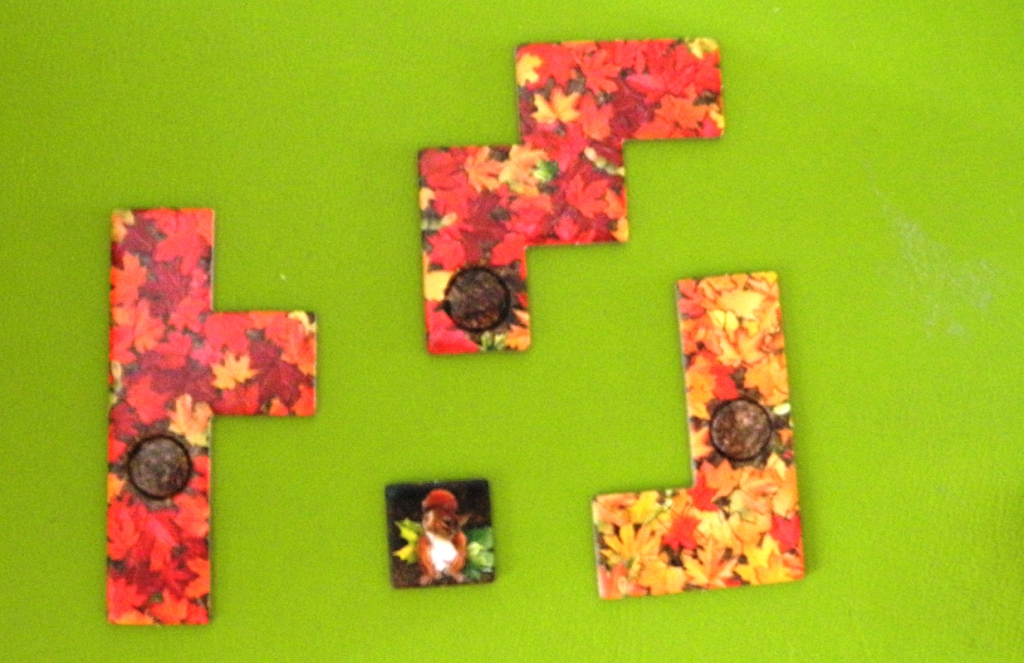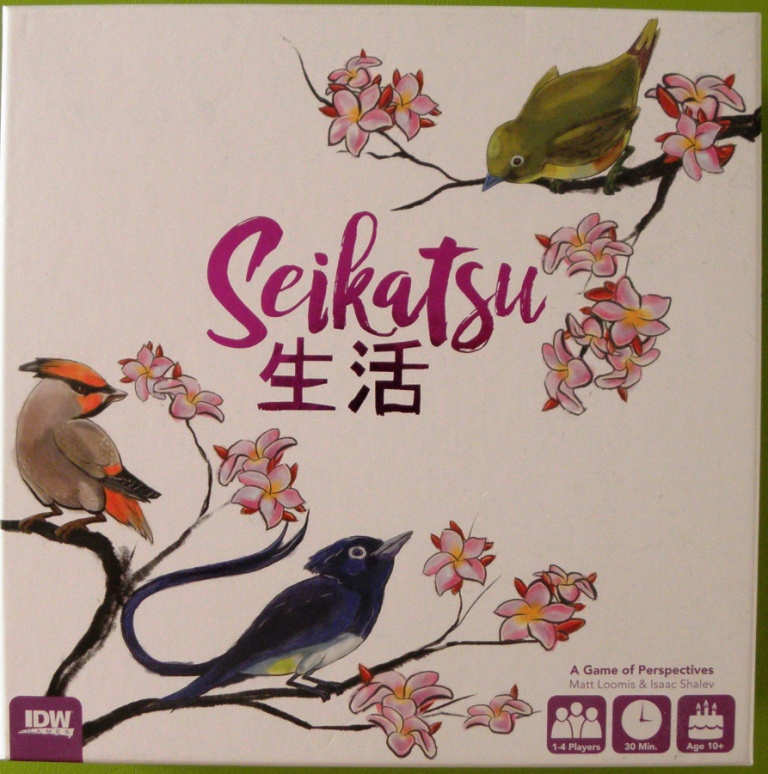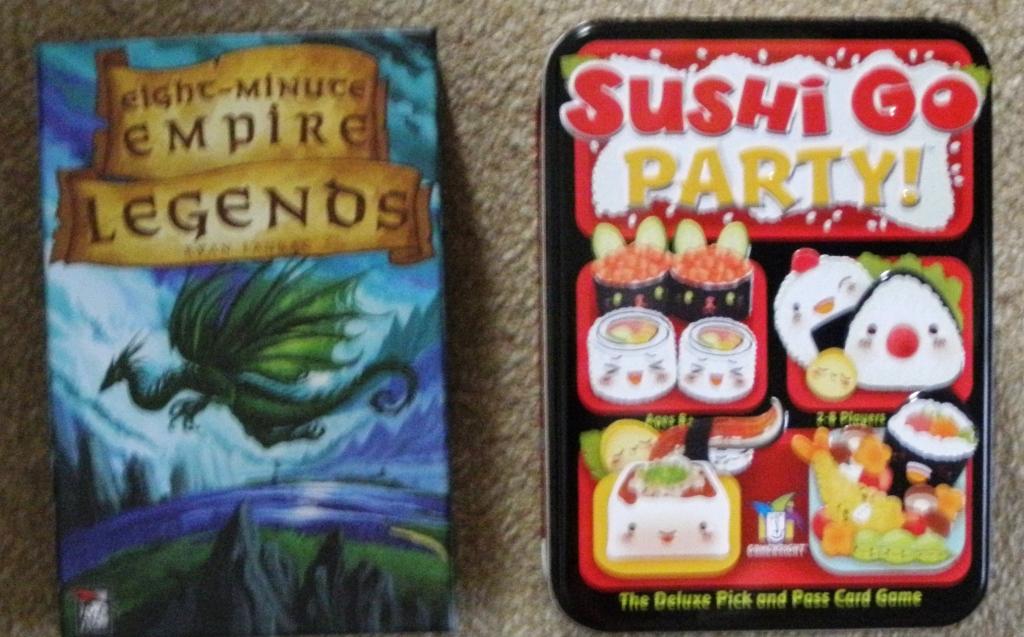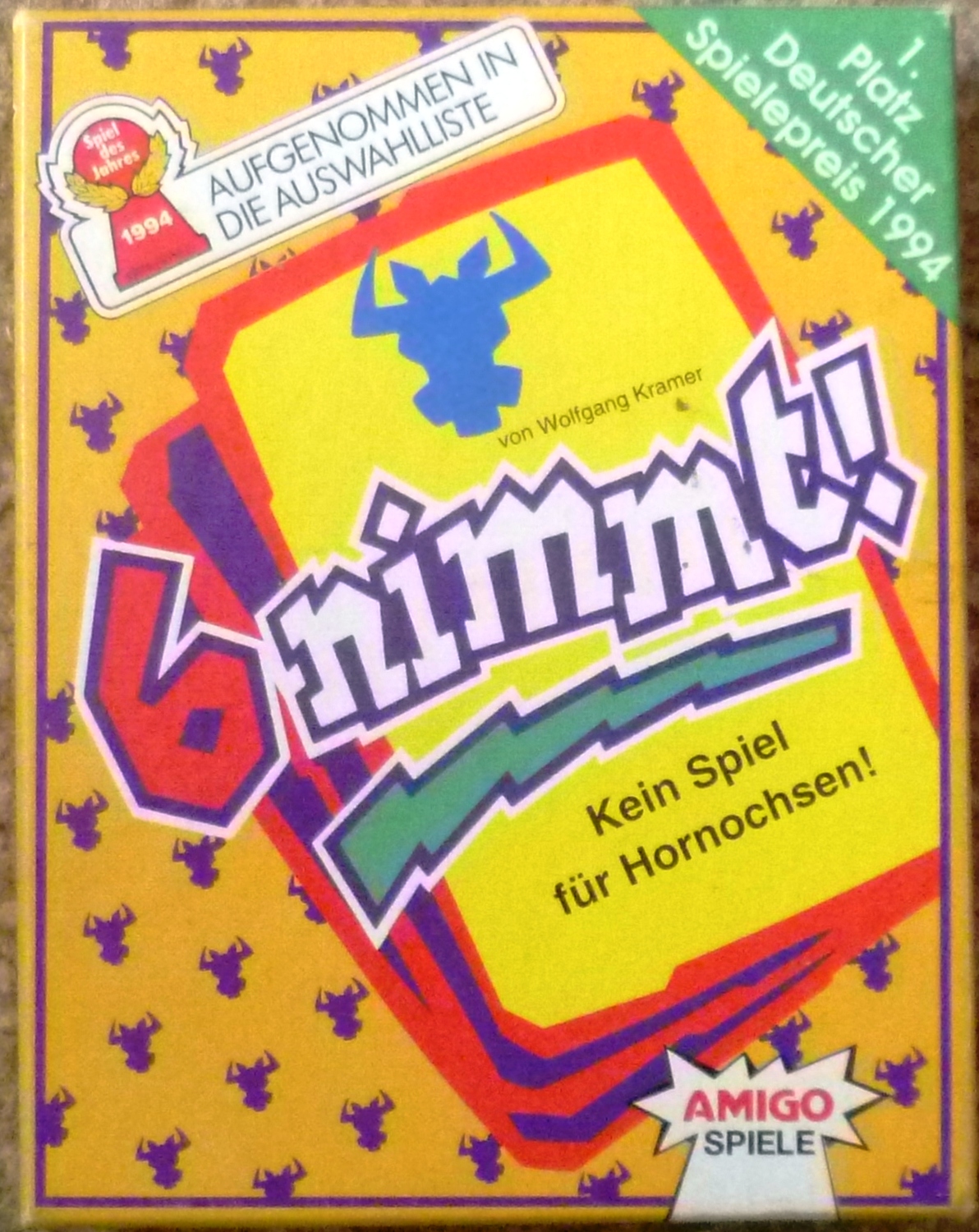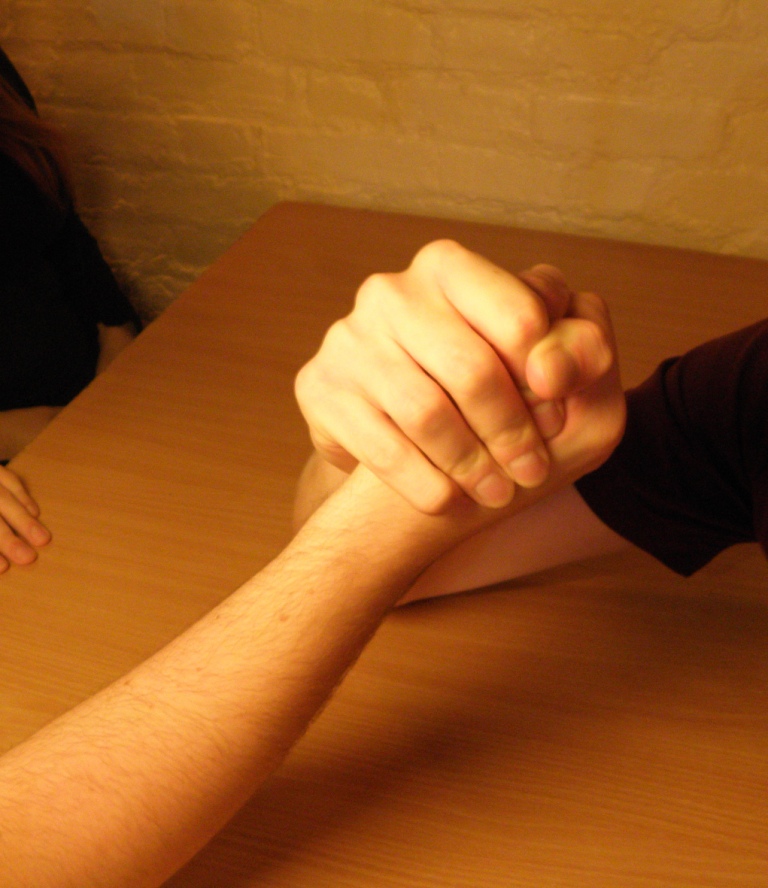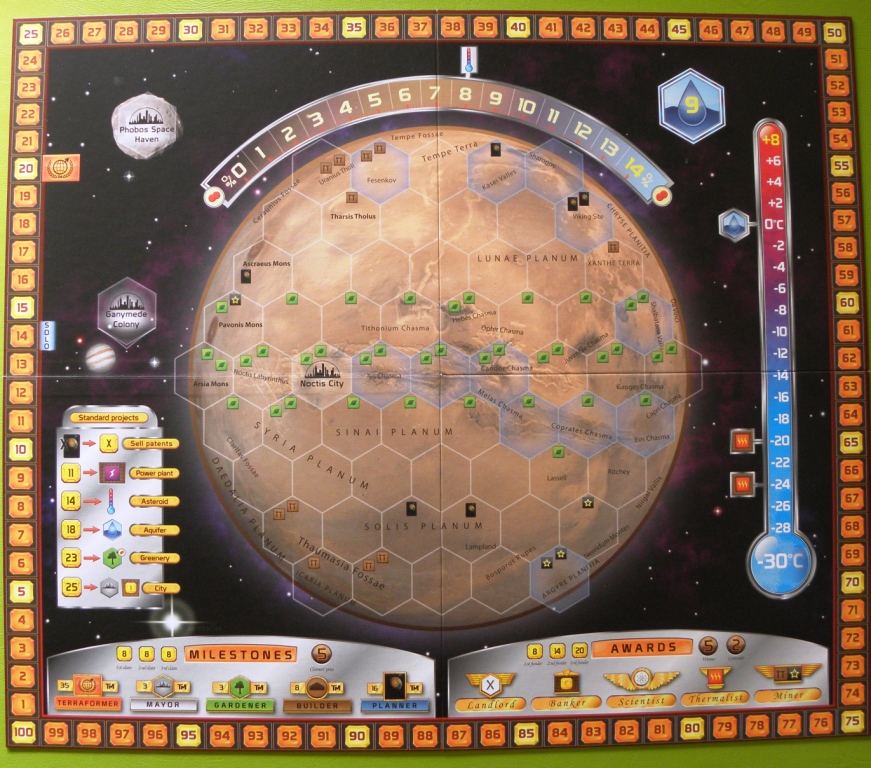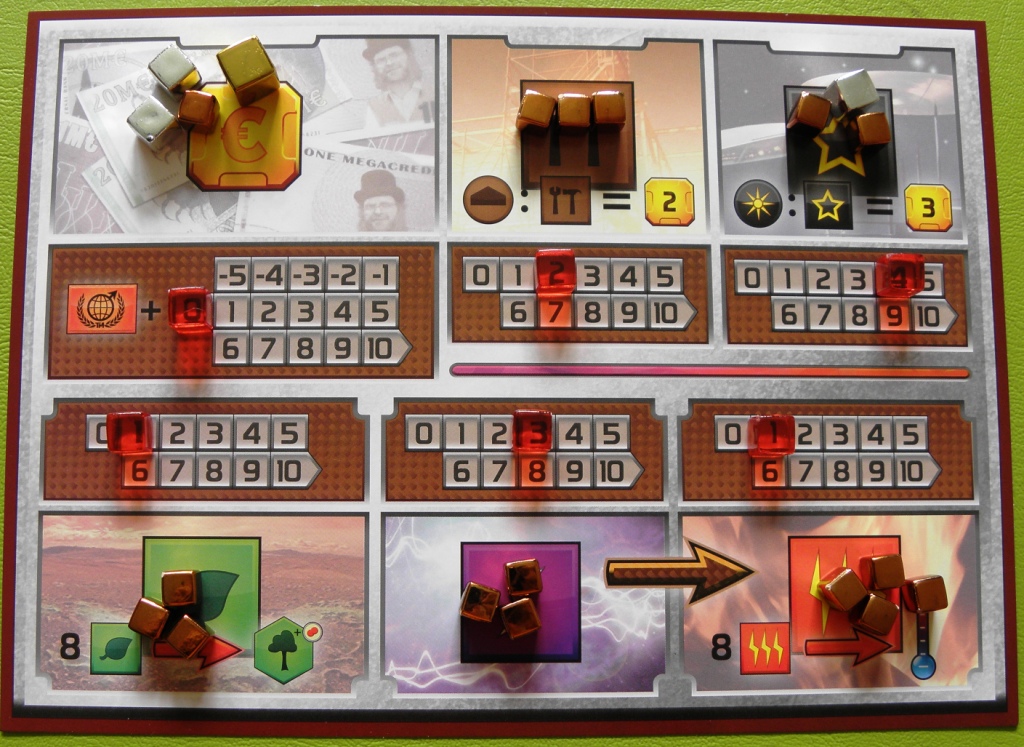Seikatsu, Azul
I am hoping to catch a few of you out with this quiz picture.
The last quiz picture was Seikatsu an excellent and beautifully made game which is superb and well balanced for 2 or 3 players.
I know it has been far too long since the last post, personal circumstances have left me no time to do the blog at the moment so it has lain dormant. I will try to get things going again but please do not expect anything more regularly than monthly updates, but they will contain a short review or two of the latest or my favourite games.
The Essen games have now started to reach the UK, last week Altiplano was played which received good cheers, other Essen releases which have been played are Agra, Merlin and Tiefe Tasche. I am hopeful that Azul and Civilization Tribes will reach the tables this coming week.
As you can guess there have been a lot of games played since I last blogged and I have listed them all below but I have avoided putting in the actual geek links however if you want to know anything more about any of these games you can go straight to the geek and input the game name there. Please note that the 8th October was a day event, the games listed were played across the many tables that were running.
15 November
Table 1 - Metro, Suburbia, Sushi Go!, Diamint, Tiefe Tasche
Table 2 - Merlin
Table 3 – Caverna
8 November
Table 1 - The Grizzled, Celestia, Cheaty Mages
Table 2 - Century Spice Road, Nations the Dice Game, Fuji Flush, Tortuga 1667
Table 3 - Ex Libris, Archaeology, Tiefe Taschen, Rhino Hero Super Battle,
2 November
Table 1 - Agra
Table 2 - Spookies, Capital, Ciub,
Table 3 - Via Nebula, Santo di Domingo, Celestia, Fuji Flush
26 October
Table 1 - Rhino Hero Super Battle, Roundhouse
Table 2 - Rhino Hero Super Battle, Tortuga x2, 7sieze
Table 3 - Port Royal, Dschunke
Table 4 - Ancient Artifacts
18 October
Table 1 - Alchemists, Glory to Rome, Stroop
Table 2 - Concordia, Cheaty Mages
Table 3 - Discoveries, Livingstone.
12 October
Table 1 - Sagrada, Euphoria
Table 2 - Dice City, Oh My Goods
Table 3 - Food Chain Magnate, Nanuk, Perudo
8 October
Scroop, Inis, Duel of Ages II, Captain Sonar, Burg Flattestein, Deep Sea Adventure, Secret Hitler (x2), Fuji Flush, Sushi Go Party, 8 Minute Empire Legends, Seven Wonders, Secrets, Set, Battlecon : Devastation of Indines, Cottage Garden, Bang the Dice Game, Robinson Crusoe, Sagradas, A Game of Thrones, Anachrony, Galopp Royal, Kwiiietsch (x2), Bang the Dice Game, Insider, Ladies and Gentlemen, City of Horror, One Night Ultimate Werewolf.
5 October
Table 1 - Chinatown, Sagrada, Flamme Rouge, Set, Cockroach Salad
Table 2 - Betrayal at House on the Hill, Suburbia
Table 3 - Above and Below
28 September
Table 1 - Lords of Waterdeep, Ponzi Scheme, The King is Dead
Table 2 - Yamatai, Traders of Osaka
Table 3 - Alea Iacta Est, Funkenschlag (aka Power Grid)
21 September
Table 1 - Keyflower, Ghostel, Isle of Skye.
Table 2 - Barenpark, Roll Player, Bohemian Villages
Table 3 - Valletta, 8 Minute Empire-Lost Legends
Table 4 - Magic Maze, Arm Wrestling,
14 September
Table 1 - Bombay, Roborally, Ra, The Cousins War
Table 2 - Terraforming Mars
Table 3 - Lost Cities Board Game, Gads Hill 1874, Spice Road
Table 4 - Betrayal at House on the Hill, Small Star Empires
